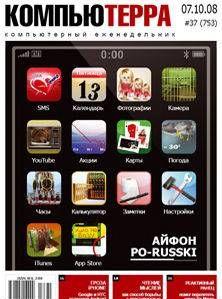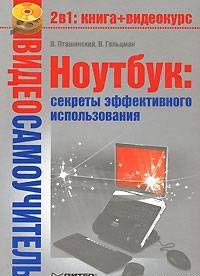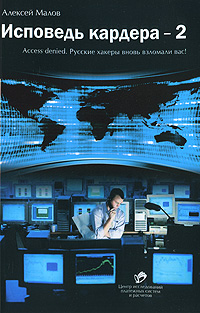
Аннотация
The Goal of Using Machine Learning Powered Applications Over the past decade, machine learning (ML) has increasingly been used to power a variety of products such as automated support systems, translation services, recommendation engines, fraud detection models, and many, many more.
Surprisingly, there aren’t many resources available to teach engineers and scientists how to build such products. Many books and classes will teach how to train ML models or how to build software projects, but few blend both worlds to teach how to build practical applications that are powered by ML.
Deploying ML as part of an application requires a blend of creativity, strong engineering practices, and an analytical mindset. ML products are notoriously challenging to build because they require much more than simply training a model on a dataset. Choosing the right ML approach for a given feature, analyzing model errors and data quality issues, and validating model results to guarantee product quality are all challenging problems that are at the core of the ML building process.
This book goes through every step of this process and aims to help you accomplish each of them by sharing a mix of methods, code examples, and advice from me and other experienced practitioners. We’ll cover the practical skills required to design, build, and deploy ML–powered applications. The goal of this book is to help you succeed at every part of the ML process.
Use ML to Build Practical Applications If you regularly read ML papers and corporate engineering blogs, you may feel overwhelmed by the combination of linear algebra equations and engineering terms. The hybrid nature of the field leads many engineers and scientists who could contribute their diverse expertise to feel intimidated by the field of ML. Similarly, entrepreneurs and product leaders often struggle to tie together their ideas for a business with what is possible with ML today (and what may be possible tomorrow).
This book covers the lessons I have learned working on data teams at multiple companies and helping hundreds of data scientists, software engineers, and product managers build applied ML projects through my work leading the artificial intelligence program at Insight Data Science.
The goal of this book is to share a step-by-step practical guide to building ML–powered applications. It is practical and focuses on concrete tips and methods to help you prototype, iterate, and deploy models. Because it spans a wide range of topics, we will go into only as much detail as is needed at each step. Whenever possible, I will provide resources to help you dive deeper into the topics covered if you so desire.
Important concepts are illustrated with practical examples, including a case study that will go from idea to deployed model by the end of the book. Most examples will be accompanied by illustrations, and many will contain code. All of the code used in this book can be found in the book’s companion GitHub repository.
Because this book focuses on describing the process of ML, each chapter builds upon concepts defined in earlier ones. For this reason, I recommend reading it in order so that you can understand how each successive step fits into the entire process. If you are looking to explore a subset of the process of ML, you might be better served with a more specialized book. If that is the case, I’ve shared a few recommendations.
Additional Resources If you’d like to know ML well enough to write your own algorithms from scratch, I recommend Data Science from Scratch, by Joel Grus.
If the theory of deep learning is what you are after, the textbook Deep Learning (MIT Press), by Ian Goodfellow, Yoshua Bengio, and Aaron Courville, is a comprehensive resource.
If you are wondering how to train models efficiently and accurately on specific datasets, Kaggle and fast.ai are great places to look.
If you’d like to learn how to build scalable applications that need to process a lot of data, I recommend looking at Designing Data-Intensive Applications (O’Reilly), by Martin Kleppmann.
If you have coding experience and some basic ML knowledge and want to build ML–driven products, this book will guide you through the entire process from product idea to shipped prototype. If you already work as a data scientist or ML engineer, this book will add new techniques to your ML development tool. If you do not know how to code but collaborate with data scientists, this book can help you understand the process of ML, as long as you are willing to skip some of the in-depth code examples.
Let’s start by diving deeper into the meaning of practical ML.







Комментарии к книге "Building Machine Learning Powered Applications"